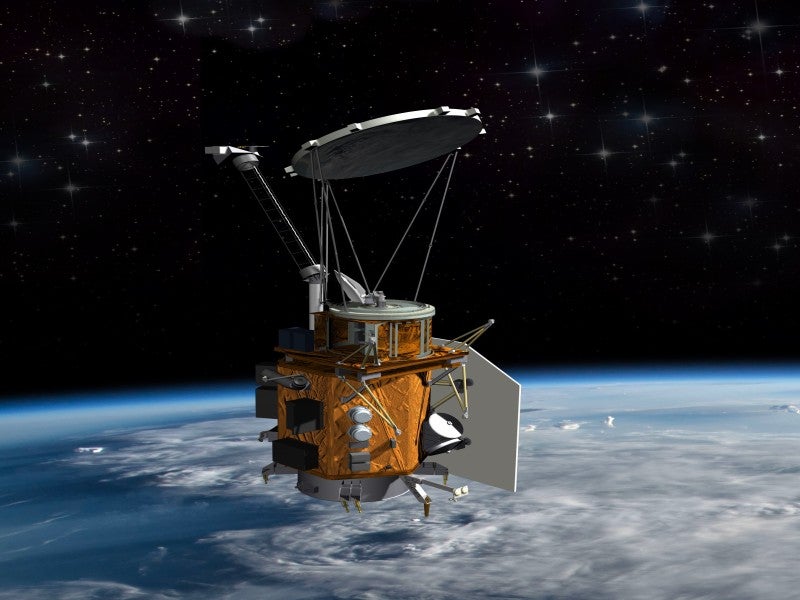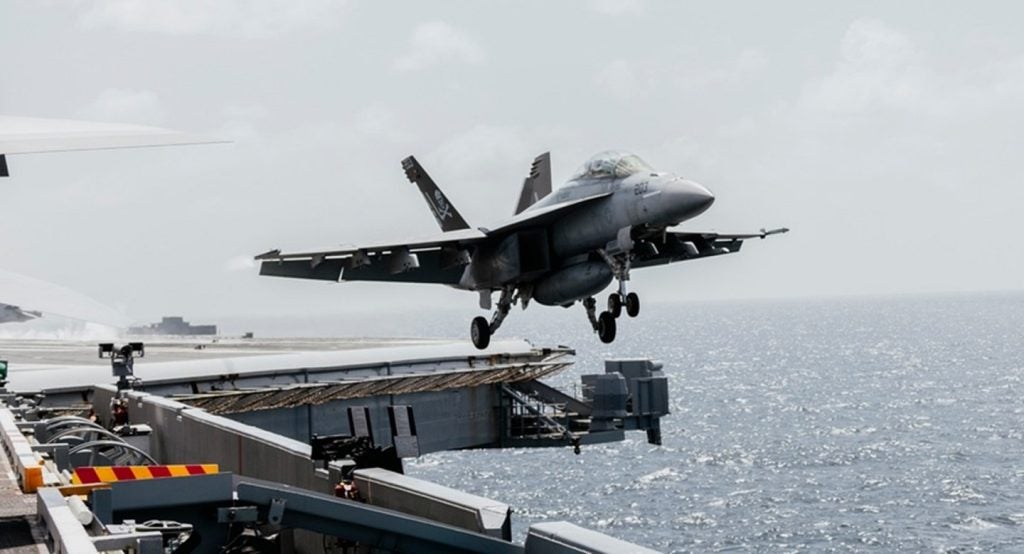
Ball Aerospace has been awarded a follow-on contract to produce and deliver the US Space Force’s (USSF) second Weather System Follow-on-Microwave (WSF-M) satellite.
Awarded by the US Space Systems Command (SSC), the contract option is valued at approximately $78m.
The newly exercised contract option will further cover the development and fabrication of the second WSF-M space vehicle (SV-2).
The new WSF-M satellite will feature a government-furnished, energetic-charged particle (ECP) sensor and a passive microwave-imaging radiometer instrument.
The equipped sensors will help to mitigate the US Department of Defense’s three high-priority space-based environmental monitoring (SBEM) gaps.
It includes ocean-surface vector winds, tropical cyclone intensity and low Earth orbit energetic charged particles.
How well do you really know your competitors?
Access the most comprehensive Company Profiles on the market, powered by GlobalData. Save hours of research. Gain competitive edge.

Thank you!
Your download email will arrive shortly
Not ready to buy yet? Download a free sample
We are confident about the unique quality of our Company Profiles. However, we want you to make the most beneficial decision for your business, so we offer a free sample that you can download by submitting the below form
By GlobalDataThe sensors will also address additional SBEM gaps, such as sea ice characterisation, soil moisture and snow depth.
Data collected from the WSF-M will help the war fighters to conduct global mission planning and operations.
SSC Space Sensing WSF-M programme manager David Betz said: “The second WSF-M space vehicle extends our ability to measure wind speed and direction over Earth’s oceans and provide timely tropical cyclone intensity data beyond first WSF-M space vehicle’s end of life.”
The initial contract to build WSF-M satellite system was awarded to Ball Aerospace in 2017. The first satellite is planned for launch later this year and will begin operating from 2024.
The company has already completed the production of the first satellite system.
SSC Space Sensing WSF-M chief engineer captain Nicholas David said: “The Ball team is making outstanding progress on first the WSF-M satellite. It entered integration and test phase this fall and is on track for launch at the end of 2023. The SV-2 will leverage the same team and design.”







